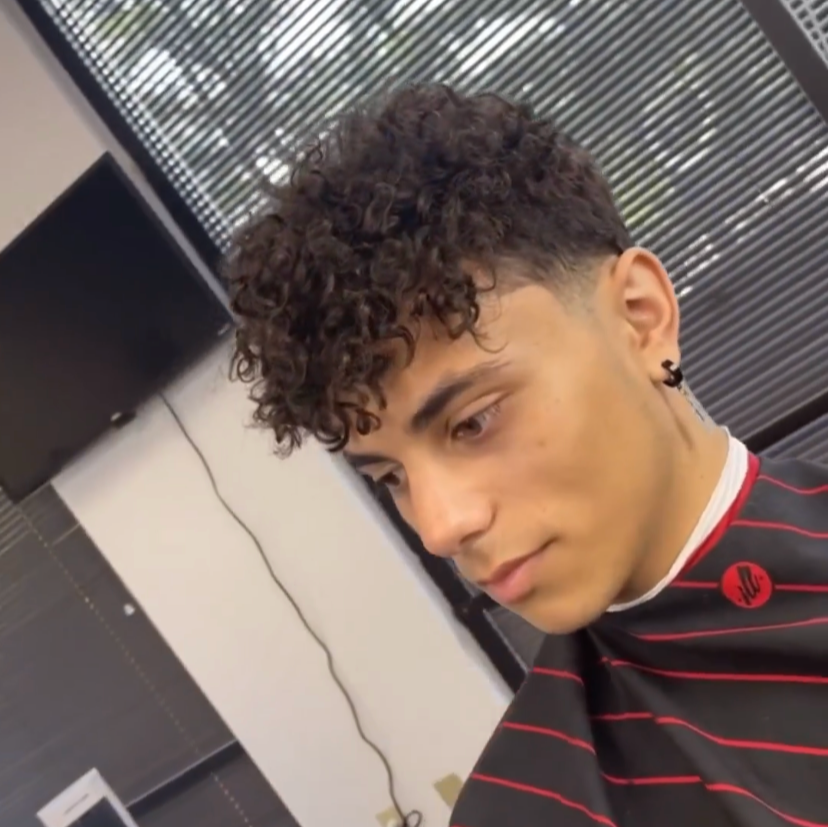Introduction
Male pattern baldness, also known as androgenetic alopecia, is a common form of hair loss that affects millions of men worldwide. While there are several factors that can contribute to hair loss, one of the most important is a hormone called dihydrotestosterone (DHT). In this blog post, we will explore what DHT is, how it affects the hair follicles, and what can be done to address hair loss caused by DHT.
What is DHT?
DHT is a male sex hormone that is produced by the body from testosterone. It plays a vital role in the development of male characteristics such as facial hair, a deeper voice, and increased muscle mass. However, it can also have negative effects on certain parts of the body, including the hair follicles.
How DHT Causes Hair Loss
The hair follicles on the scalp contain receptors for DHT. When DHT levels are high, it can bind to these receptors and interfere with the normal hair growth cycle. This can cause the hair follicles to shrink, leading to thinning and eventually, hair loss.
DHT and Male Pattern Baldness
Male pattern baldness is the most common cause of hair loss in men and is characterized by a receding hairline and thinning at the crown. It is believed to be caused by a combination of genetic and hormonal factors, with DHT being one of the main players.
Treatment Options for DHT-Related Hair Loss
There are several treatment options available for men experiencing hair loss due to DHT.
These include:
- Medications: Finasteride and minoxidil are two common medications that are used to treat DHT-related hair loss. Finasteride is a prescription medication that works by inhibiting the enzyme that converts testosterone to DHT, while minoxidil is a topical solution that is applied directly to the scalp.
- Hair Transplants: A hair transplant is a surgical procedure in which healthy hair follicles are taken from one area of the scalp and transplanted to a balding area. This can help to restore a full, natural-looking head of hair.
- Alternative Therapies: Some people may choose to try alternative therapies such as herbal remedies or scalp massages in an effort to stimulate hair growth and reduce DHT levels. While there is limited scientific evidence to support the effectiveness of these treatments, some people may find them helpful.
Conclusion
DHT is a hormone that plays a significant role in male hair loss. By understanding how DHT affects the hair follicles, men can take steps to address hair loss and potentially restore their hair. While there is no cure for male pattern baldness, medications and surgical procedures from acemanweaveunits.com can help to slow or stop the progression of hair loss and improve the appearance of the hair.




